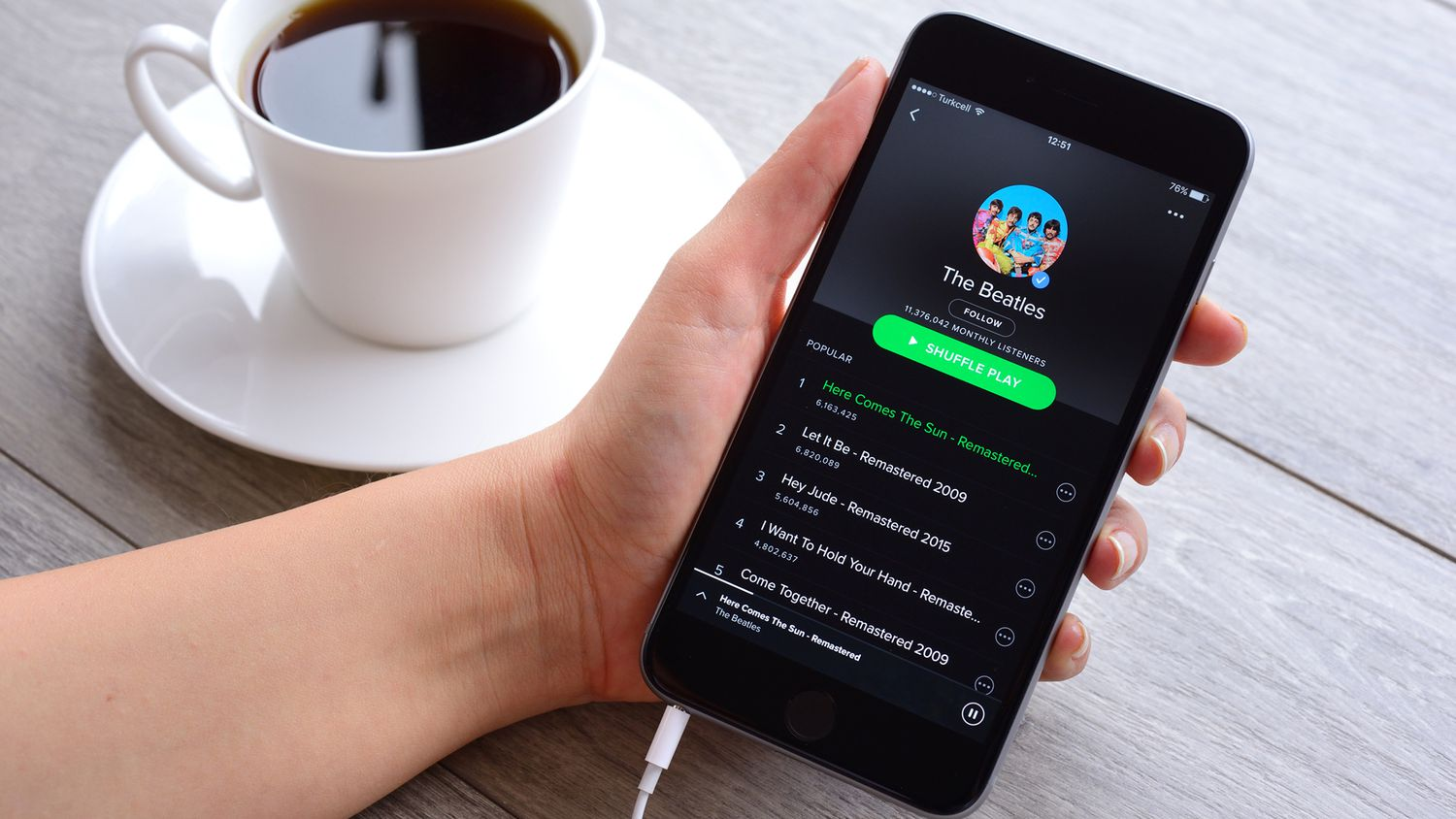
In today’s fast-paced digital world, brands are constantly searching for unique and engaging ways to connect with their audiences. One creative and powerful tool that is often overlooked? Music playlists. Music has a universal appeal, and when used strategically, it can strike the right chord with your target audience, boosting brand awareness and loyalty.
Content Table
| S.no. | Content |
| 1 | Why Music Playlists Matter for Brands |
| 2 | How to Utilize Music Playlists for Brand Marketing |
| 3 | Real-Life Examples of Successful Playlist Marketing |
| 4 | Final Thoughts |
Why Music Playlists Matter for Brands
Music isn’t just entertainment—it’s an experience. It evokes emotions, sparks memories, and influences moods. Associating your brand with the right tunes can:
- Create Emotional Connections: Music taps into emotions, helping brands form deeper, more meaningful relationships with consumers.
- Enhance Brand Personality: A well-curated playlist can express your brand’s personality, whether it’s energetic, sophisticated, relaxed, or adventurous.
- Increase Engagement: Playlists encourage longer interaction times, especially when shared on popular platforms like Spotify, Apple Music, or YouTube.
- Reach Wider Audiences: With millions streaming music daily, playlists can introduce your brand to new, diverse audiences.
How to Utilize Music Playlists for Brand Marketing
1. Curate Playlists That Reflect Your Brand Identity
Think about your brand’s values, tone, and target audience. A fitness brand might create an upbeat workout playlist, while a luxury fashion label could opt for smooth jazz or classical pieces. The goal is to ensure that every track aligns with your brand’s essence.
2. Collaborate with Influencers and Artists
Partnering with musicians or influencers allows you to tap into their follower base. Co-branded playlists curated by well-known figures can boost credibility and attract attention.
3. Use Playlists in Marketing Campaigns
Incorporate playlists into product launches, seasonal campaigns, or events. For instance, a coffee brand could create a “Morning Brew Vibes” playlist to accompany a new blend, enhancing the overall customer experience.
4. Leverage Streaming Platforms
Platforms like Spotify offer advertising options that let brands feature sponsored playlists. This increases visibility and positions your brand in front of potential customers already in a listening mindset.
5. Encourage User-Generated Content
Ask your audience to contribute songs or create their own playlists based on your brand. This fosters community engagement and adds authenticity to your brand story.
Real-Life Examples of Successful Playlist Marketing
- Nike: Known for its energetic and empowering image, Nike curates workout playlists that motivate listeners, reinforcing its brand identity.
- Starbucks: The coffee giant creates in-store playlists that set the mood, enhancing the customer experience and extending it through their Spotify partnership.
- Red Bull: By aligning playlists with extreme sports and high-energy activities, Red Bull strengthens its image as a brand for the adventurous and adrenaline-fueled.
Final Thoughts
Music playlists offer a creative, cost-effective, and emotionally resonant way to amplify brand awareness. They serve as a subtle yet powerful marketing tool, blending seamlessly into the lives of your audience. By curating thoughtful playlists that reflect your brand’s identity, collaborating with influencers, and leveraging popular streaming platforms, you can create lasting impressions and deeper connections.
So, turn up the volume and let your brand’s unique rhythm resonate with the world!

